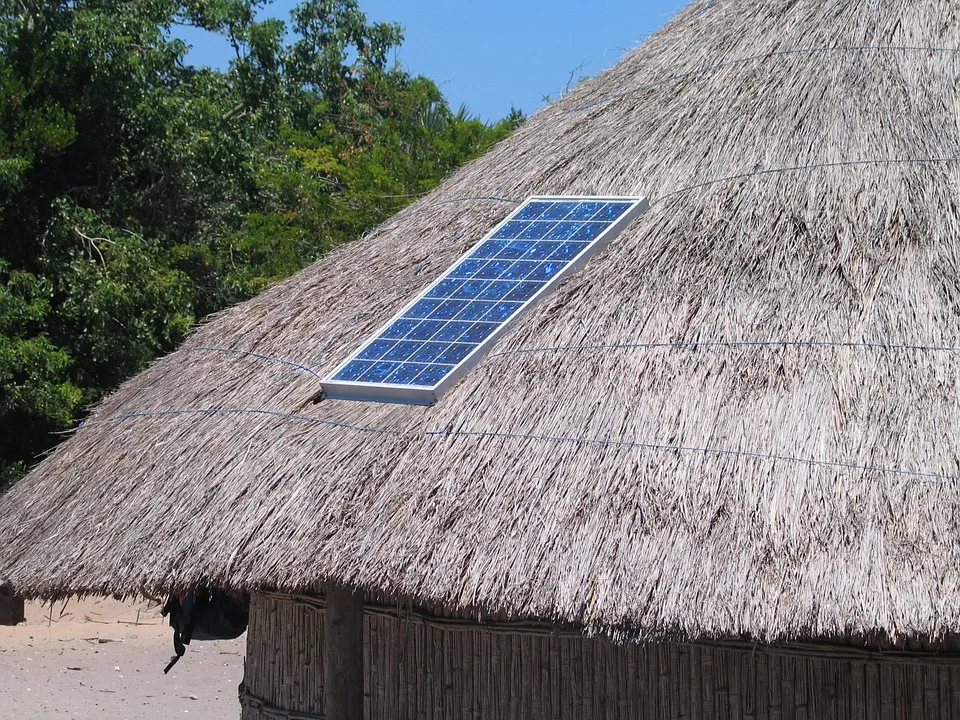Okay, let us start at the start. A solar panel confuses a lot of people; but it shouldn't. They are, at the end user level, reasonably simple. You do NOT need to understand the manufacturing process, only how to use them.
This picture is from Pixabay:

So let's reduce the solar panels to the most basic level. All you need to know is that a single cell is similar to a 1/2 volt battery, when the sun in on the cell. The larger the area, the higher the current output, however the voltage on a cell the size of a quarter; will be the same as a cell 6 inches diameter. If you series these two cells, the output will be 1 volt, and it will be limited by the current output of the “quarter sized” cell. NOTE: IF One solar cell is in the shade, it will not generate power; and there will be no power output from the entire panel!
So now you know how to tell that this panel pictured above; is an 18 volt panel, RIGHT?
NOW, let's talk about configuration. Wait, don't run, configuration is simple; it is just how we connect cells up up to get what we want, POWER! We know that each cell acts as a ½ volt battery, so we will start there. If we want a 12 volt panel, we have to connect 24 one half volt cells in series (like the old style Christmas lights), with one connected to the next one; with the negative to the next positive.
We also need to know that the cells are fastened to the back side of a piece of a clear material, and connect as stated above, and are ordered by the planned system voltage. These clear fronts should be set up perpendicular to the angle of the sun to collect the maximum power possible. These surfaces need to kept clean or the power output will suffer.
Now, let's talk connections. You can hook up just about any way you decide, BUT, there are well designed connectors that are not very expensive, available on line; do Not skimp here, a corroded connection here can kill your system. So please buy the commercial connections, and spray, them with silicone. Size your wiring to the panel output. A 45 watt panel outputs less than 4 amps at 12 volts, and the wiring can be light duty(16 AWG). A255 watt panel (the size I have) will output over twenty amps at 12 volts, and will need much heavier wire (10 AWG).
This leads us to efficiency, or power drop. A small wire, over a long distance, especially with DC Battery voltage; will drop a lot of voltage across that wire. If you are NOT certain of voltage drop, it is always smarter to install larger diameter wire! This is the second place NOT to skimp on money! You are spending top dollar on a solar panel, don't burn up all that good with, small diameter, cheap wiring! There is no substitute for large diameter copper here. Any loss in the wire is energy you have paid a premium for, that is permanently lost.
Panel output is never solely the battery voltage, but will give you a higher voltage to allow the panel to charge the battery. A 12 volt panel will be 16 to 18 volts, to allow the charge controller to push 12 volts into the battery. This allows for some voltage drop as mentioned above, while still charging the storage batteries. Different voltage systems have similar percentage bumps, for the same reasons.
Now, we need to address the panel voltage itself. The most common (and lowest cost) alternate power system is 12 volts. The most efficient (of the more common) alternate power system is 48 Volts. The 12 volt system has the advantage of more components from more vendors. The disadvantage is that the wiring must be significantly heavier on the low voltage wiring. With a 48 Volt system, there is less loss on the lower voltage side of the inverter that makes the needed AC output Voltage. The system I chose runs at 24 Volts; which was selected because any voltage below 28 Volts can be run without added conduit, and is defined as Intrinsically safe. This also cuts my low voltage current requirement in half, while giving me better efficiency. I bought 24 volt panels, but you can series two 12 volt panels to feed a 24 volt system, and four can be wired in series to feed a 48 Volt system. So if you have not decided on system voltages before you must order panels, get 12 volt panels, then wire them to match your system voltage.